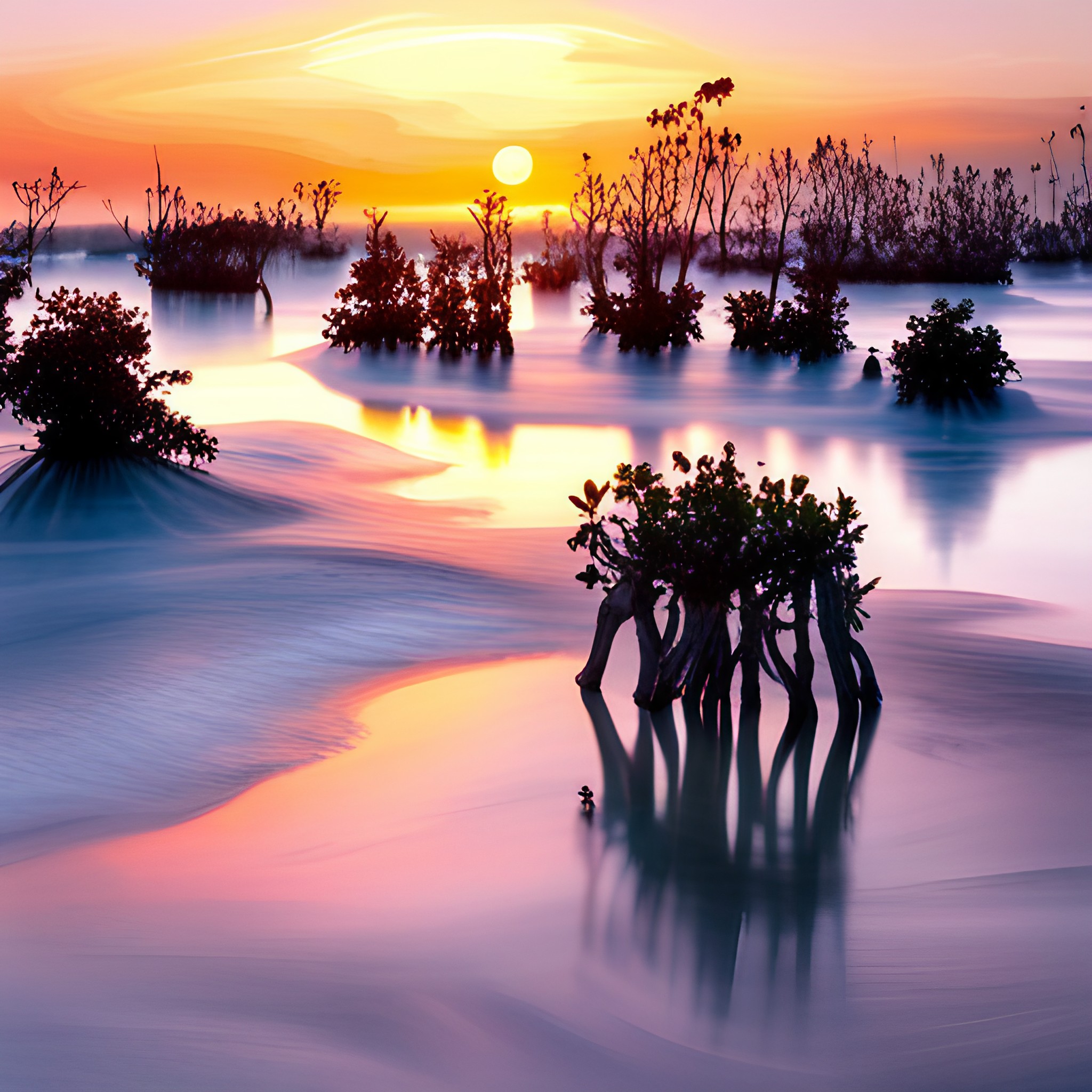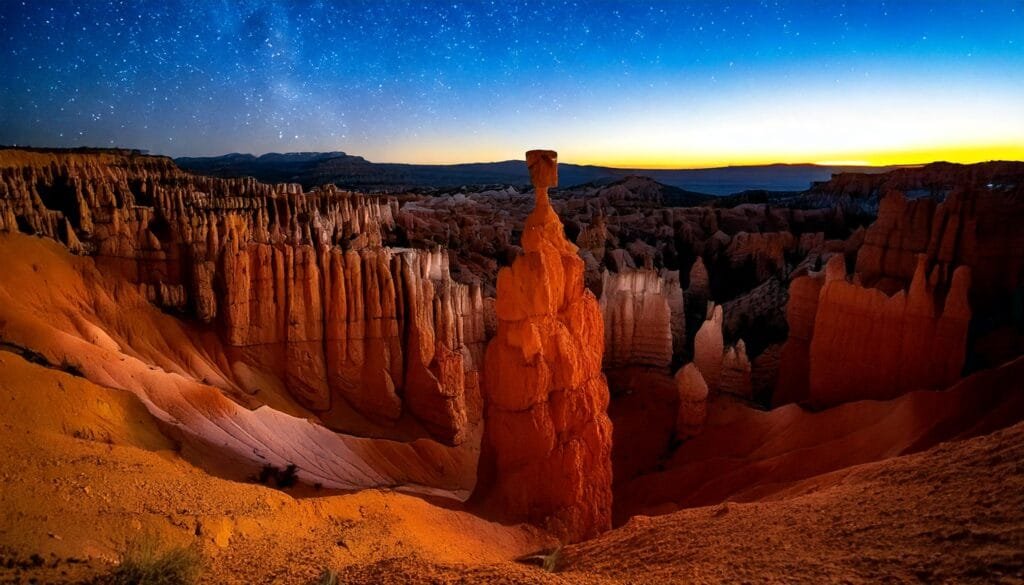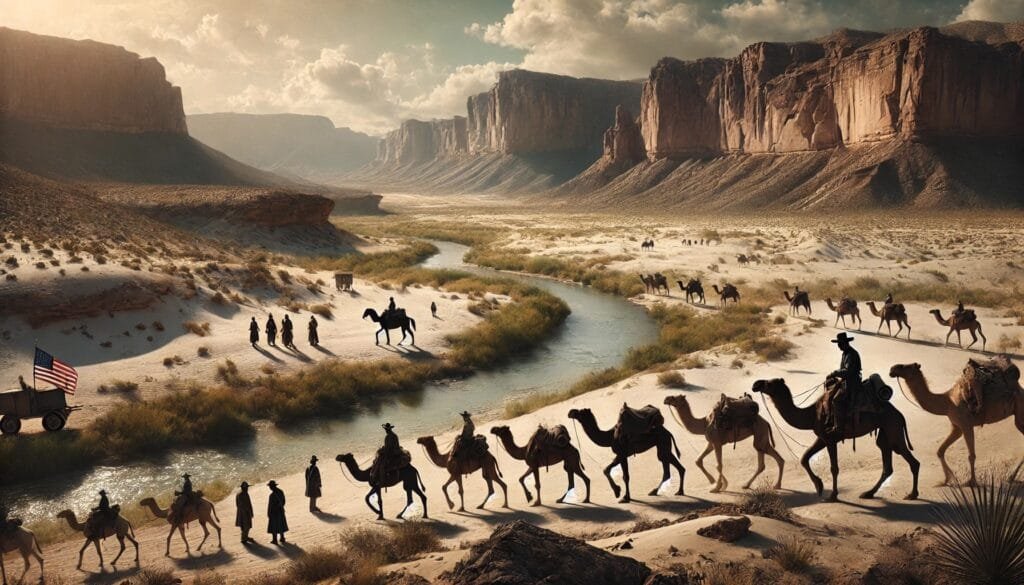Deep in Florida, there’s a special place called the Florida Everglades. It’s all about nature, wildlife, and history. It’s like a beautiful story of how people and nature live together. We’ll explore this story, how the Everglades began, how it has changed, and where it’s going. And, of course, today’s jigsaw puzzle is inspired by sunrise in this amazing place.
An Origin Traced by Time and Tides

The Everglades isn’t just a mix of water and land, but a place shaped by time. Thousands of years ago, when ice melted and the sea moved back and forth, the Everglades slowly started to form. Layers of peat, old plants piled up over thousands of years, shaped the land that people come to see now.
It’s a story of waiting and never giving up, where changes in the weather matched the Earth’s slow movements, creating one of the biggest wetlands on Earth. Water flow, which is critical for this diverse system, is the heartbeat of the Everglades. If we want to understand how fragile and strong this ecosystem is, we must understand that water flow makes the Everglades what they are.
Indigenous Thriving in a Watery Eden
Long before ‘discovery’ and ‘settlement,’ the Everglades already hosted a collection of people. The Calusa, the Tequesta, and later the Miccosukee and Seminole tribes each lived here and found ways to live in harmony with nature.
Indigenous communities of the past did not merely survive; they thrived. They forged dwellings and tools from the land’s resources, crafted tales that bore witness to their surroundings, and mastered the dance with nature that marks the hallmark of their legacy. The Everglades was more than a sanctuary; it was a cradle that nurtured a civilization’s way of life, a model of sustainable existence.
The First Irreversible Changes
By the late 19th and early 20th centuries, this subtropical expanse had become a battleground for control, wealth, and agricultural expansion. In the years that followed, the unrelenting nature of human expansion stripped the Everglades of much of its former reach. Draining and channeling efforts commenced to unlock the land’s economic potential. Though yielding agricultural and urban rewards, these initiatives came at an unrecorded cost—a steady narrowing of the glades’ domain, diverting the natural ebb and flow of water that had sustained it for millennia.
An Uncertain Future
The Everglades face critical global warming and climate change threats, endangering its unique ecosystem. Rising sea levels and altered rainfall patterns pose significant risks:
- Saltwater intrusion into freshwater systems
- Habitat and freshwater supply destruction
- Prolonged droughts and peat loss
- Changes in vegetation
- Loss of native animal species
The Comprehensive Everglades Restoration Plan (CERP) strives to restore freshwater flow but must overcome climate change challenges. Urgent conservation efforts are essential if we’re going to protect the Everglades’ diverse ecosystems in the future.
Did you miss last week’s Friday Morning Post and jigsaw puzzle? If you did, you can use this link to view Cape Henlopen Fire Tower #7: a place in history. Want to check out all my posts and puzzles, click here.




6:42 Thank you
7:24 was my time. I spent a couple of days in the Florida Everglades. I enjoyed my time there, but I had no desire to move there….too many bugs!
That was my feeling about Florida, too!
My time was 8:54.
10:41 That was tough
Your time was still better than mine! 🙂
5:17 for me.
12.59 toughie!
Eleven thirty-two for me. More used to a green picture of the Everglades. This was a nice reminder that their are a variety of views for a given area. And the many challenges they face. Thank you.
You’re welcome! In the short time that I’ve been doing this 2024 tour, I’ve already felt like I’d like to do several puzzles for a place. It can be tough to choose on one aspect!
9:00
6:23 for me this morning